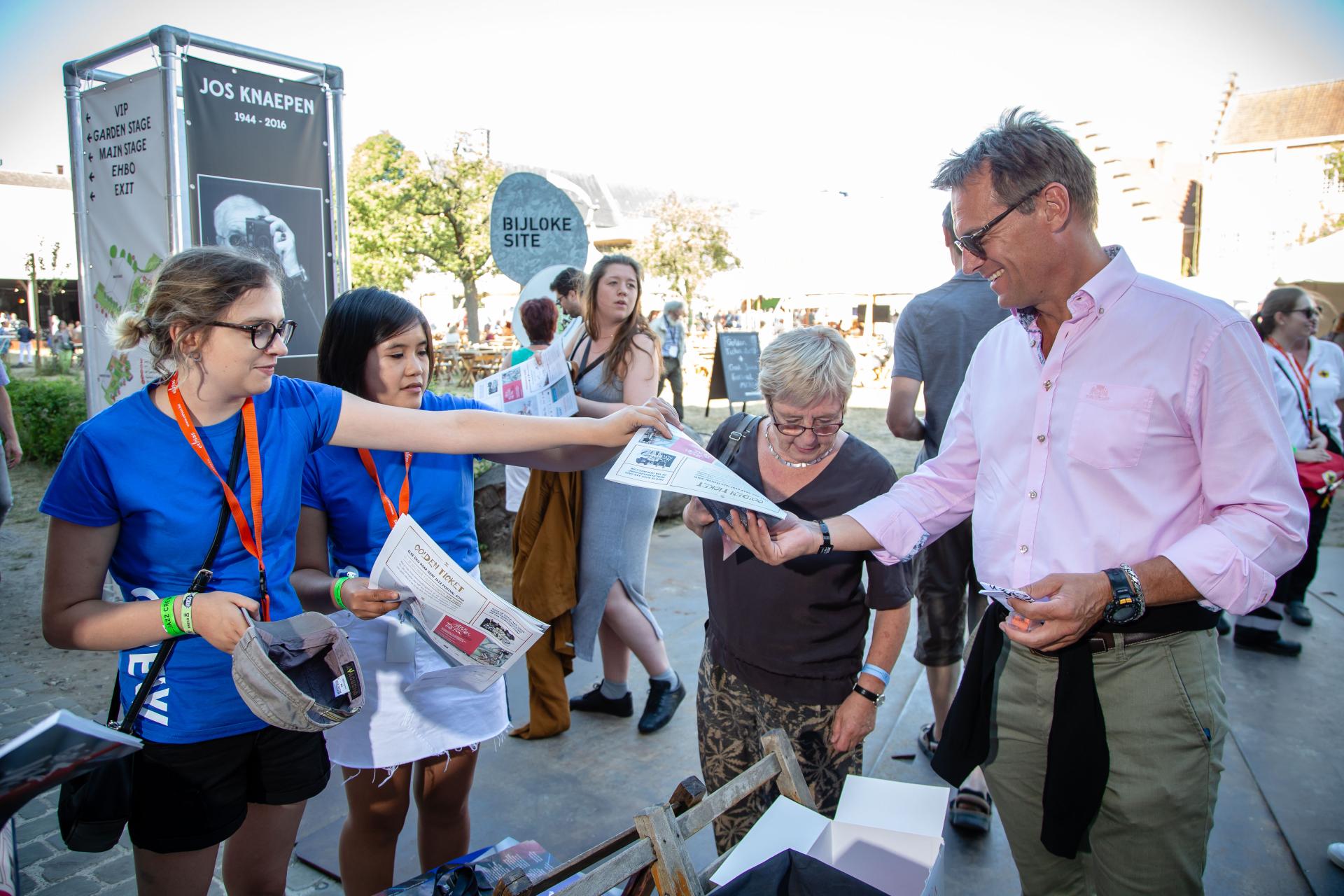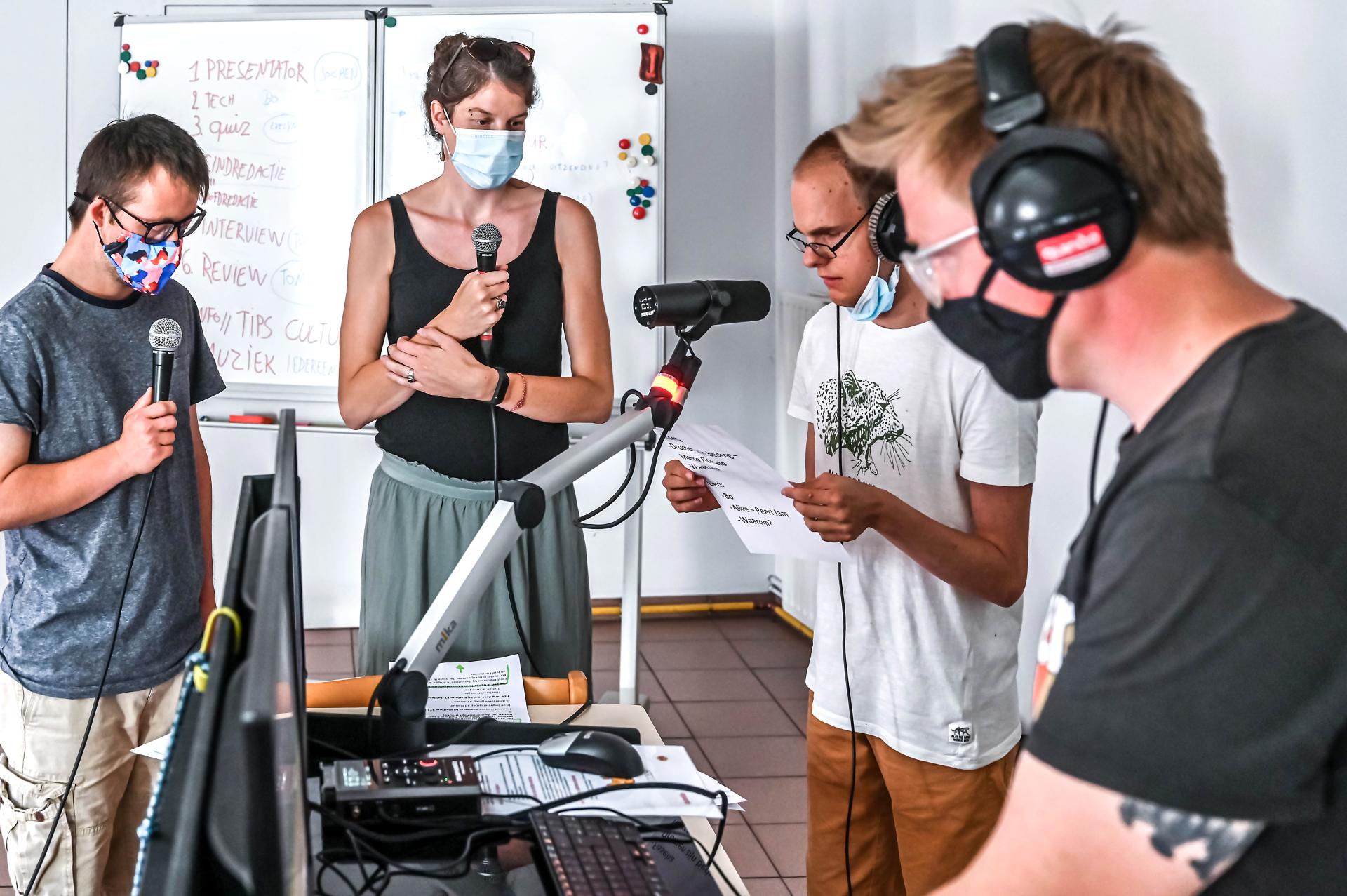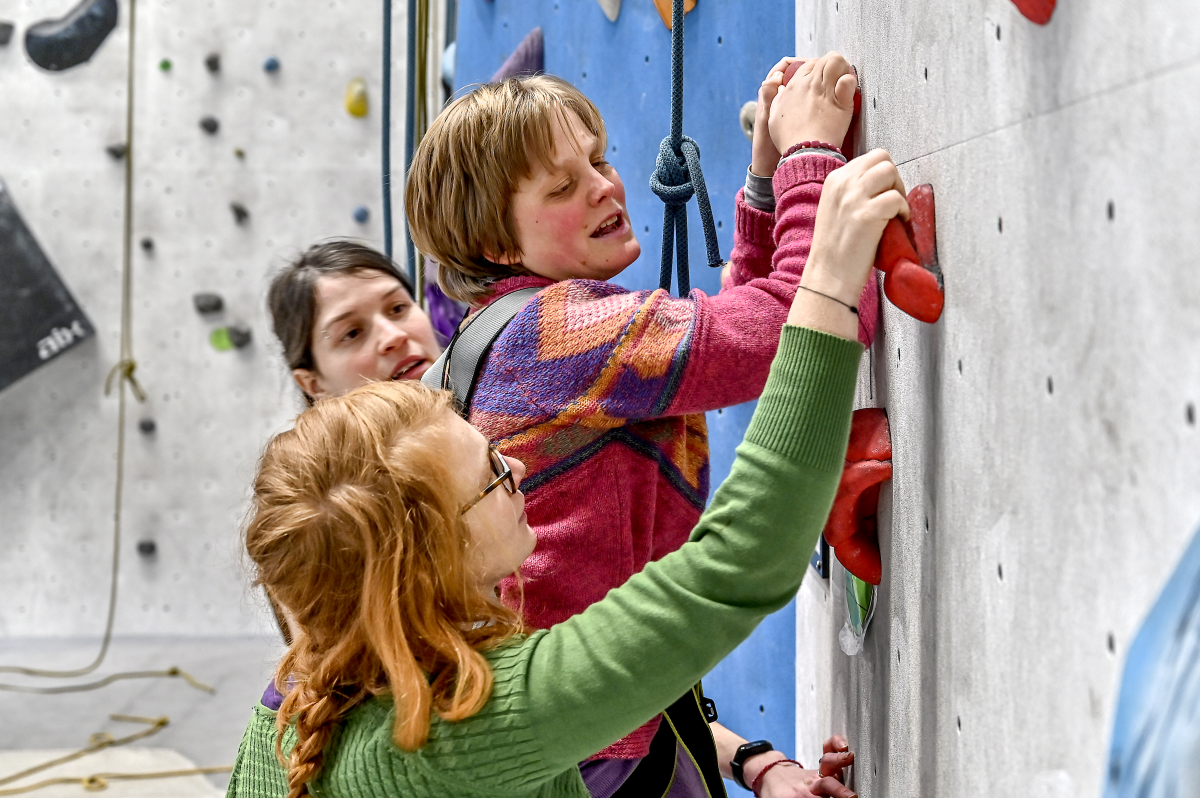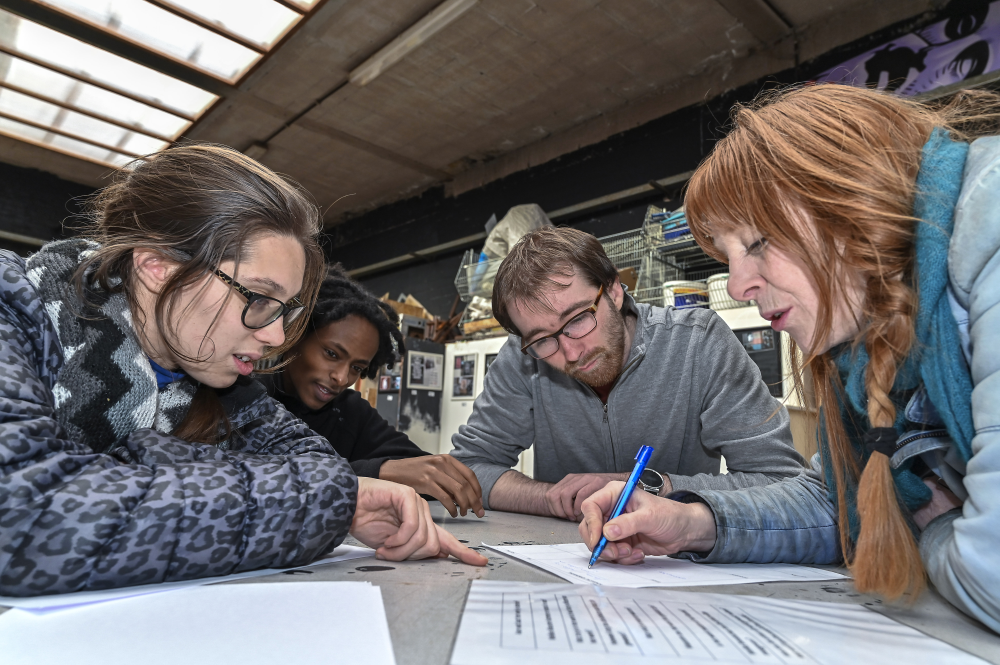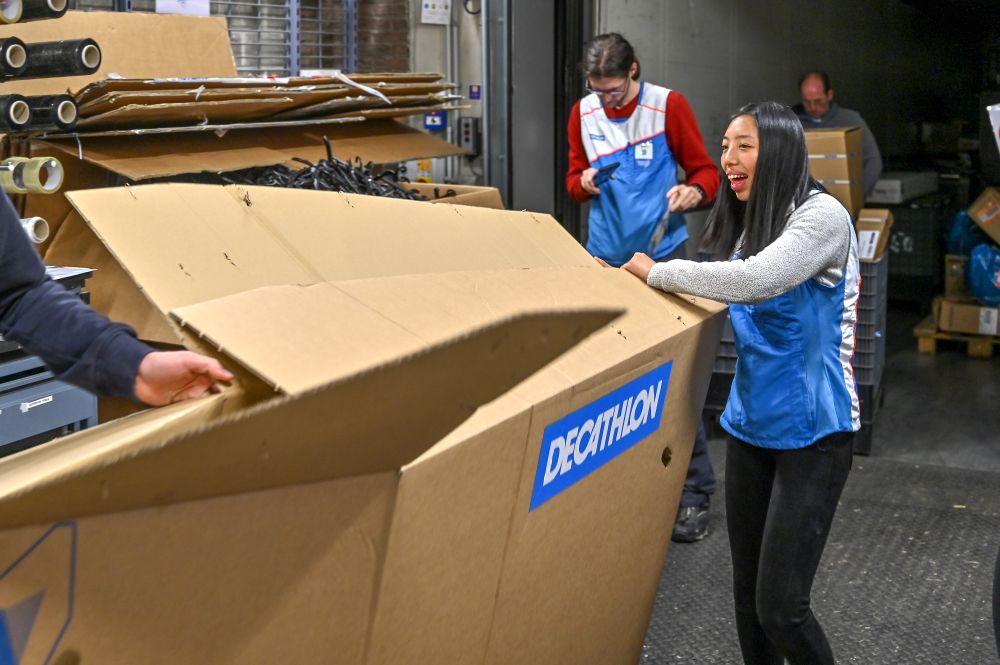Brake-Out
Basic information
Project Title
Full project title
Category
Project Description
A brand new program for youngsters between 18 and 30 with a mental disability and/or autism.
After the Special Needs Secondary Education they have the chance in Brake-Out to spread their wings during three years, two days a week. They’re discovering their talents and searching for ways to develop them. Acquire new experiences, trying out new roles! To belong, talent, being important, self-directing,… all these things within the transition to the grown-up world are the core elements of Brake-Out!
Project Region
EU Programme or fund
Description of the project
Summary
Brake-Out: a brand new program for youngsters between 18 and 30 with a mental disability and/or autism.
After the Special Needs Secondary Education they have the chance in Brake-Out to spread their wings during three years, two days a week. They’re discovering their talents and searching for ways to develop them. Acquire new experiences, trying out new roles! To belong, talent, being important, self-directing,… all these things within the transition to the grown-up world are the core elements of Brake-Out.
There are different initiatives who support youngsters with a disability to do voluntary work, take part in leisure activities just like everyone else. However, not one project focuses on personal development; really getting to know your own strengths and talents, developping a skillset that fits with those talents. They are not focussing on developping a 21st century skillset which makes people able-bodied, which lets them take control of their lives.
Brake-Out does this for sure. During 3 years, two times a week, youngsters get to work.They look for their identity, what their good at. They develop skills to use their talents and to find out how they can help others. They learn how to contribute in different contexts and thus create durable, mutual relationships. After three years, they're capable of planning their future and realising this. They also feel more secure and feel at home in an inclusive context. They won't need as much paid support and will create added value to society.
Key objectives for sustainability
Youngsters with a disability are stuck for years in their final years of high school; waiting for a solution in adult care or in a job in a sheltered workshop. They have no clear view of their future, no clear job profile. During their school career, they mainly focused on their defects. do. Efforts were made to compensate for those deficiencies. In the end youngsters don’t believe in themselves, don’t know their own talents or strengths. Right now, more than 900 youngsters above the age of 21 are waiting for a future in the final years of schoool. They have no aspirations for. Few youngsters with a disability find a job in the regular job market. They’re stuck in support systems. This causes higher costs for welfare and longer waiting lists (more than 20,000 people are waiting for a budget for support).
There are other projects who focus on talent development. But they don’t exist for people with a disability. The main idea is that we can't waist talents of people. Every talent can create value and that is very important for sustainability in society.
Key objectives for aesthetics and quality
The aesthetic of Brake-Out lies in the power of collaboration and co-creation and storytelling. The greatest wonders of the world that continue to exist and sustainably defy disasters and wars, appeal to the imagination. Just think of pyramids, impressive temple complexes and some impressive buildings that are even rebuilt after disasters. These wonders of the world on which we worked so hard always have some strong stories.
We also write those beautiful stories with young people who have been excluded from society for too long and who, thanks to Brake-Out, are taking a springboard to a life with spirit and challenge. The co-creation was central at the start of Brake-Out and now with every new participant we check together with the participant, the parents and the supporters which beautiful strengths and talents are hidden in the young person. Society has already labeled the young. They are not workable. Step by step they remove that label and become able for society. And that quest is made visible in its own talent portfolio, but also at show moments. At these presentations, all those present are always moved by the great steps the young people have taken. Parents, coaches, trainers and supporters are always amazed by the strength that the young people radiate at these moments. They are totally in their talent. Once they also know how to use their talents in society, a special interplay arises and this produces stories that make people silent. Yes it can be different! Yes, everyone can live fully in an inclusive world!
Key objectives for inclusion
We focus on social inclusion. To be part of community, to contribute and get appreciation for this. The participants of Brake-Out discover their talents and gain abilities that make active roles possible.
When people are aware of their own talents and these of others it’s strengthens the possibilities for sustainable connections with each other.
This is the way we connect people with and without disabilities with each other.
By organizing learningspots in society we challenge organizations, businesses to become more inclusive. When they are aware of the burdens they have, we offer support to become more inclusive.
Results in relation to category
We have an impact on the participants themselves. Their feeling of self worth grows and they really know what their talents are. The participants learn how they can work together and take initiative. They have a higher quality of life. Because of this, they mean something to the beneficiaries in their direct vicinity. Instead of being dependent, they create a surplus for their family, neighbours and friends. We see within society that defect-thinking makes room for talent thinking. We also see that within education, enterprises and other reugular organisations, people want to work together with people with a intellectual disability because of their talents.
Brake-out is a co-production of welfare and informal learning, cultural partner. This makes learning by experience, peer-learning, … in society possible. The coaches of special services support the translations of learninginsights to participant’s personal life and context.
Participants and their families report more self-esteem and more awareness of the talents they have. Parents tell that their son or daughter shows more initiative and resilience. In the past 3 years Brake-out reached about 50 youngsters with an intellectual disability, 150 members of the social network, 20 interns, more than 19 organizations.
The cultural partner makes also movement about inclusion in society. They spread the storys from participants in Brake-out to influence the mindset. (campaign tismaarda: www.tismaarda.be)
How Citizens benefit
Brake-Out originated from the demand of parents. They did not want their child with an intellectual disability to end up in traditional care and to be reduced to a care object. They believed that more was possible and that there should be opportunities for their child to participate more in society. Brake-Out originated from a social demand from many parents who want to break through the defect-thinking. To do this, we invest time with Brake-Out to make the youngsters part of society, to discover their talents and to learn skills to take on a role and thus be sufficiently self-reliant and resilient. We continuously create connections between the young people themselves, but also with companies, organizations and places where young people can make a difference. They are given the space to commit themselves so that society sees what talent they have. Ordinary citizens no longer look at them from the point of view of their disability, but also see what they teach. There are citizens who like to share their knowledge and experience with our young people to take steps forward in life. Thanks to this training, they can take on roles themselves, eg as a reception employee, shop assistant, assistant hairdresser, co-supervisor in kindergarten. Through the visibility and bringing positive stories, we are slowly but surely seeing more space and understanding for people with intellectual disabilities. We see less fear, more acceptance and the power of diversity being fully utilized as positive consequences.
Innovative character
The innovation in Brake-Out is due to a unique collaboration between a care provider, a socio-cultural partner and a range of regular actors. Until now, people with intellectual disabilities had been sentenced to spend the rest of their lives in care. By bringing together the power of cooperation of a solid network and individual talents, we allow young people to play a meaningful role. Instead of being dependent, the young become more independent for the rest of their lives. After all, we bring resilience and the skills to restart after failures from the talents that people have. The thought of defective thinking is abandoned. We start from the strengths of the young people. That offers new energy and possibilities. These are seen by the young people themselves, the families and the neighbourhoods, organizations and companies we work with. Appreciative inquiry and the use of the unique Brake-Out methodologies, in which coaching and training are equally important, strengthen inclusion. By pursuing this vision for life and believing that people with disabilities can offer added value, we strengthen society, neighborhoods, families and the young people themselves.
The experiences that Brake-Out wants to impart to them must lead them to be able and dare to make their own choices. The young people are challenged to reflect on themselves and their environment. The team wants a learning environment in which practice and theory reinforce each other, and where peers challenge and inspire each other. As the curriculum progresses, there is gradually more focus on what support each student individually needs to make their dreams come true.

